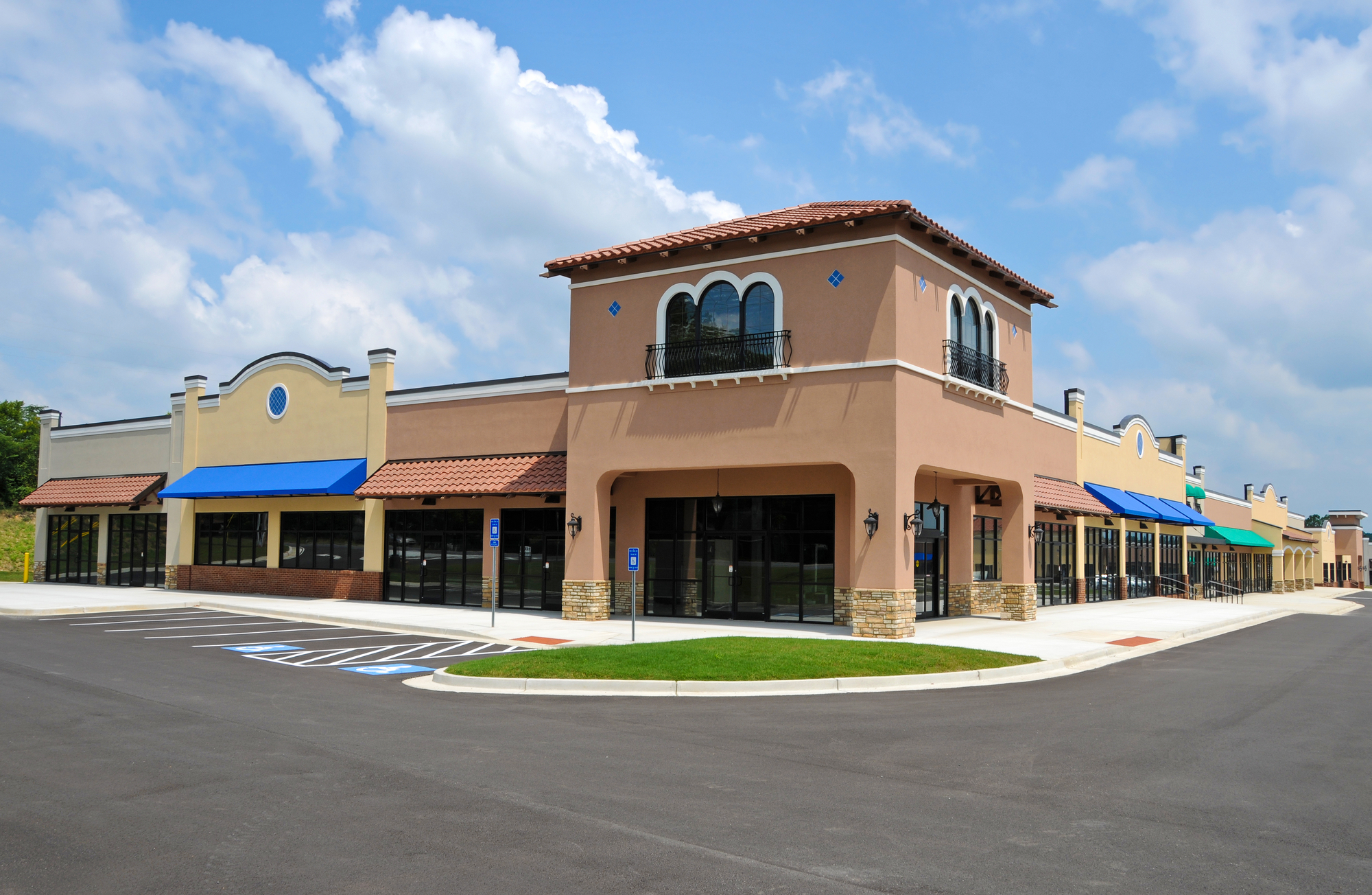
As a real estate investor, you should always be considering the return on investment (ROI) on any investment property. This is usually pretty standard when performing an investment analysis on a real estate investment. However measuring ROI has gotten more sophisticated using Cap Rate and Cash on Cash Return.
Understanding the difference between Cap Rate and Cash on Cash Return, and how they are used for investment analysis can help you be better informed about investment decisions.
Capitalization Rate is used to measure the overall profitability of a commercial investment property – and can be used to identify if an investment is risky or not. It measures the net income of a commercial property against the market value of the property. Higher cap rates indicate much higher risk but also higher profitability. In turn, a lower cap rate indicates lower risk, but also low potential profitability. The cap rate represents the natural rate of return on a property.
The formula for Cap Rate is fairly simple:
Capitalization Rate = Net Operating Income / Current Market Value of the Property
Net operating income is the expected annual income of the property minus any operating expenses of the building. Annual income will primarily come from rental income from tenants, and operating expenses include the upkeep of the building as well as property taxes. In some cases, you might use the Purchase Price of a property instead of the Current Market Value. However, this isn’t as popular as you might get unrealistic values for properties that were purchased some time ago.
Cap Rate is most useful for commercial property investors to compare different investments against each other measuring risk and return. Some investors might only consider properties that fall within a certain range in order to decide what good investments might be for their portfolio.
In addition, you can use Cap Rate to measure how a property is doing over time and whether or not the investment is improving or declining over time. An investor can measure cap rate year-over-year and decide whether to keep a commercial investment in their portfolio or not. If deciding to sell the property, cap rate can help determine value by comparing against other similar properties.
Similar to Cap Rate, Cash on Cash Return can be used to evaluate whether or not an investment is improving. It measures the cash income earned against the cash invested in a property. A more simple way of thinking about this is it measures the annual income earned by a property in relation to the mortgage paid.
Cash on Cash Return is widely recognized as a good measure to use for ROI calculations on a commercial investment property. This is because it is both effective an easy to understand, and is useful for measuring real estate performance.
The formula for Cash on Cash Return is:
CoC Return = Annual Net Operating Income / Total Cash Investment
CoC Return is useful when debt is included in a real estate transaction (which is often the case for commercial real estate properties). In this case, the Cash on Cash Return will be different than the standard ROI calculation. It can be useful as a forecasting tool for setting targets of earnings and expenses for a property.
LC Real Estate Group is the leader in commercial real estate investment in Northern Colorado. Our team can help with investment strategy, investment analysis, and measuring CoC Return and Cap Rate. Contact us today to get in touch with our investment team at 970-667-7000 or wayne@lcrealestategroup.com.